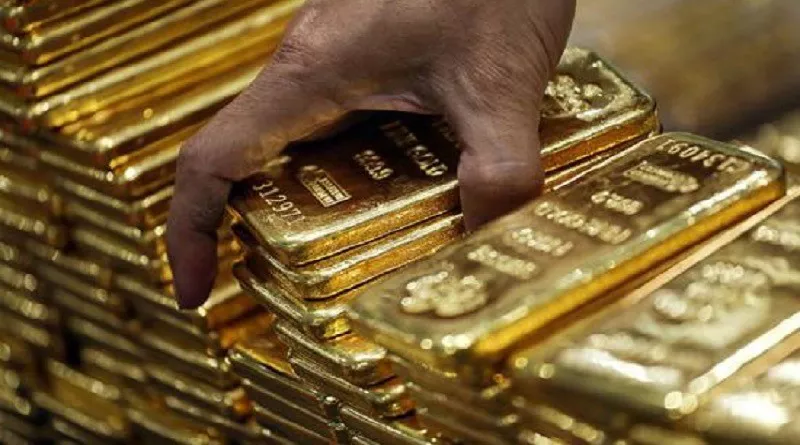Gold has been a precious metal revered for its intrinsic value and cultural significance throughout history. In various cultures, gold is measured in different units, and one such unit is the “tola.” The tola, commonly used in South Asian countries, is a unit of mass that holds particular importance in the gold trade. As global markets become increasingly interconnected, it’s essential for investors, traders, and enthusiasts to understand the conversion between tola and grams, as these two units are commonly used across different regions. In this article, we delve into the details of how many grams constitute a tola of gold and explore the historical context of this measurement.
The Tola and Its Origins:
The tola, originally a South Asian unit of mass, has a long and rich history. It is believed to have originated in the Indian subcontinent, and its usage predates the metric system. Traditionally, the tola has been a common unit of measurement for gold and other precious metals in countries like India, Pakistan, Nepal, and Bangladesh. One tola is equivalent to 11.66 grams or 180 grains.
Understanding the Tola to Gram Conversion:
To understand the conversion between tola and grams, it’s crucial to know the precise equivalence. As mentioned earlier, one tola is equivalent to 11.66 grams. This conversion factor is essential for anyone involved in the gold trade, whether they are buying, selling, or simply monitoring the market.
The Tola’s Role in Gold Trade:
The tola plays a significant role in the gold trade, especially in South Asian markets. It is commonly used for pricing gold jewelry and bullion. Jewelers and traders in these regions often quote prices in tolas, and consumers are familiar with this unit when making purchases.
In addition to its usage in South Asia, the tola has also found relevance in the Middle East, particularly in countries like Saudi Arabia. The tola weight is recognized in the Gulf region, and gold prices are often quoted in tolas in local markets.
Global Standardization and Challenges:
While the tola remains widely used in specific regions, the global gold market predominantly employs the metric system. The standard unit for measuring gold internationally is the gram, and gold prices on global exchanges are typically quoted per gram. This can pose challenges for international traders and investors who need to convert between tola and grams for accurate pricing and valuation.
To address this issue, some gold markets and exchanges provide conversion tools and charts, making it easier for individuals to convert prices between tola and grams. Additionally, digital platforms and financial news sources often offer real-time gold prices in various units, including both tola and grams.
Factors Influencing Gold Prices:
Understanding the weight of gold is just one aspect of comprehending its value. Gold prices are influenced by a myriad of factors, including economic indicators, geopolitical events, inflation rates, and currency fluctuations. Investors and traders need to stay informed about these factors to make informed decisions in the dynamic world of gold trading.
The Cultural Significance of Tola:
Beyond its practical applications in the gold trade, the tola holds cultural significance in South Asian societies. Traditional jewelry designs often reflect the tola measurement, and families may use tolas as a unit of measure when passing down heirlooms. The tola’s historical roots and cultural ties contribute to its enduring relevance in specific communities.
See Also 925 Silver vs. White Gold: Which is Best
Conclusion:
In conclusion, understanding the conversion between tola and grams is crucial for anyone involved in the gold trade, especially in regions where the tola remains a standard unit of measurement. While the global gold market predominantly uses grams, the tola continues to play a significant role in specific cultures and regions, contributing to the diversity of gold measurement units worldwide. As the world becomes increasingly interconnected, the ability to convert between different units becomes essential for those engaged in the gold trade, ensuring accurate valuation and pricing across diverse markets.


